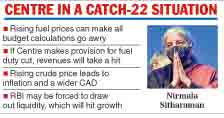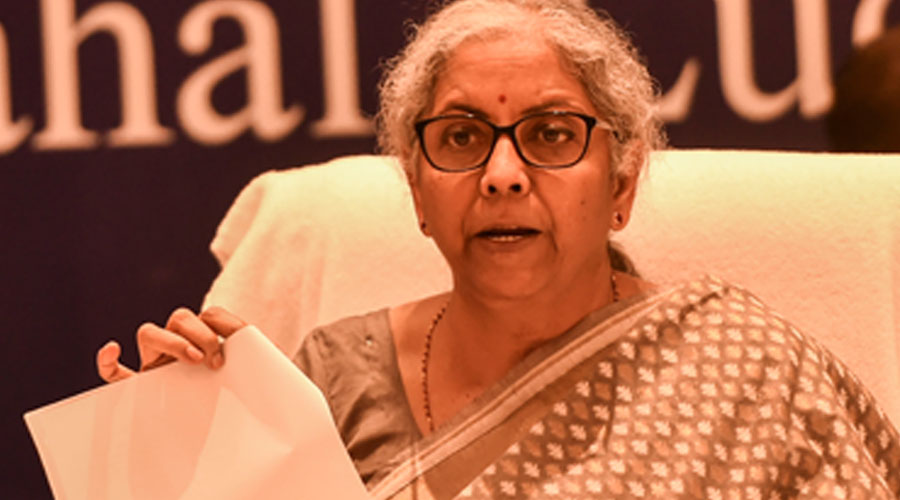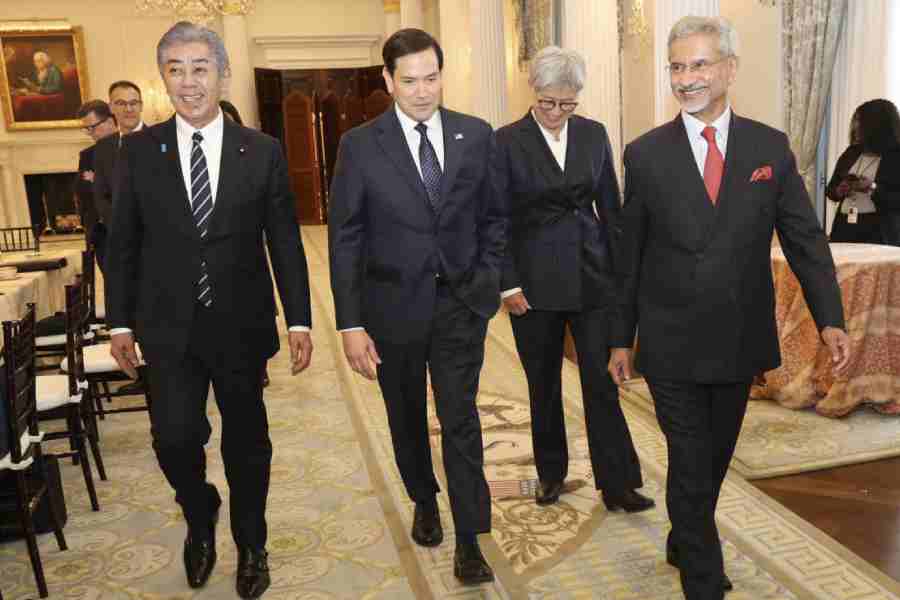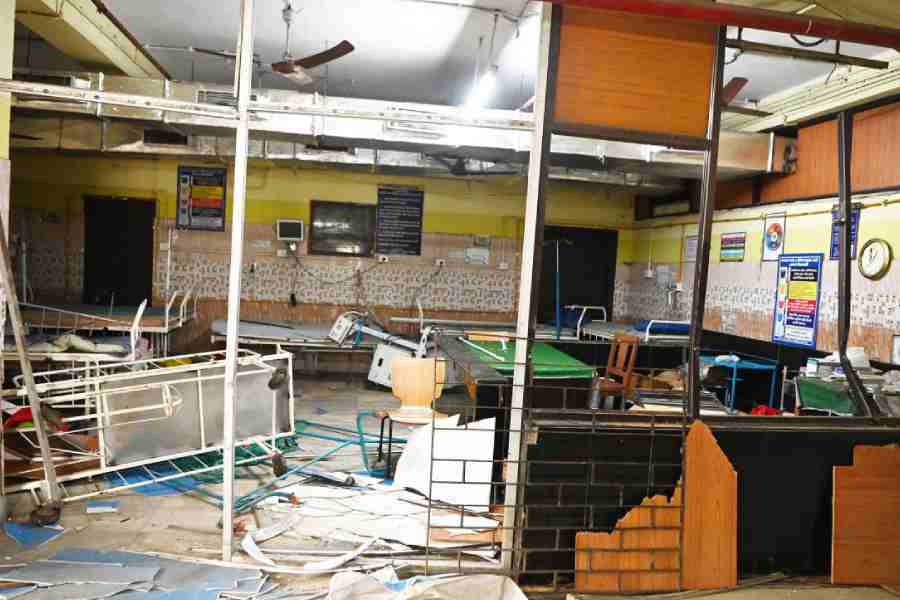Finance minister Nirmala Sitharaman faces a Catch-22 situation with oil prices on budget eve. If crude prices continue to spike, all bugdet calculations can go haywire.
On the other hand, if Sitharaman makes a provision for a duty cut when the crude price hits a century, there will be fiscal pressure. With assembly polls looming in five states, a fuel price hike is off the counter for almost three months, building pressure on the margins of PSU retailers even as global crude prices trek northwards.
The benchmark Brent has jumped to over $90 per barrel from a low of $65.88 on December 2, 2021. Analysts have forecast that it could cross $100-105 per barrel soon amidst growing tension in Eastern Europe and West Asia.
The prices could spike to $125 per barrel if the conflict escalates into war or the US carries out its threat of imposing sanctions against Russia and there is retaliatory action by Moscow.

Analysts said Russia’s move would impact gas supplies to Europe which would boost demand for oil. With oil cartel Opec giving no indication of increasing production, the crude price could spike further.
Sanctions would also impact global crude supplies as Russia is a major oil exporter. The Modi government has benefitted from low crude prices despite the pandemic. It had increased the duties on petrol and diesel, with Indian consumers denied the benefit of a slump in global oil prices.
The hike in duties had resulted in central excise collection on petrol and diesel increasing steeply to Rs 3.72 lakh crore in 2020-21 from Rs 2.42 lakh crore in 2016-17 and Rs 1.37 lakh crore in 2014-15.
The hike improved its finances and brought down the fiscal deficit gradually. However, higher government spending to arrest the pandemic-induced slowdown worsened the deficit to 9.3 per cent of GDP in 2020-21. In the current fiscal, economists expect the government to meet its fiscal deficit target of 6.8 per cent of GDP.
The dependence on overseas supplies in a high-priced oil market leaves India vulnerable to higher inflation and a weaker rupee. The crude import bill is expected at a record $111 billion this fiscal, which will worsen the current account deficit. The budget for the current fiscal had assumed oil prices will hover around the $65-per-barrel mark.
Not only rising prices feed into inflation but also increase LPG and kerosene subsidies. Retail inflation has already risen to a five-month high of 5.59 per cent in December, while wholesale inflation rose to 13.56 per in the month.
Retail inflation, monitored by the RBI for its policy action, is marginally below the central bank’s tolerance level of 6 per cent.
Madan Sabnavis, chief economist, Bank of Baroda, said a 10 per cent increase in crude oil would push up WPI by 0.9-1 per cent and CPI 0.4 per cent to 0.6 per cent, while CAD is likely to increase by 15 billion or 0.4 per cent of GDP. This will have a negative impact on the rupee.
“Higher crude prices will mean higher revenue for the states under unchanged excise duty conditions. With crude prices going up the subsidy on LPG and kerosene will increase, though this may not be very significant.”
If oil prices stay at higher levels, the RBI can hike rates more quickly, experts said.











